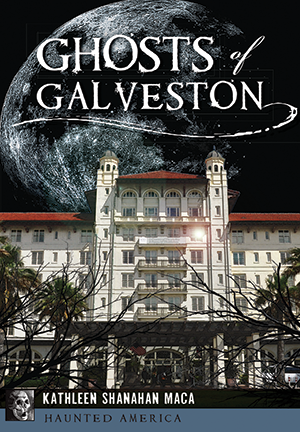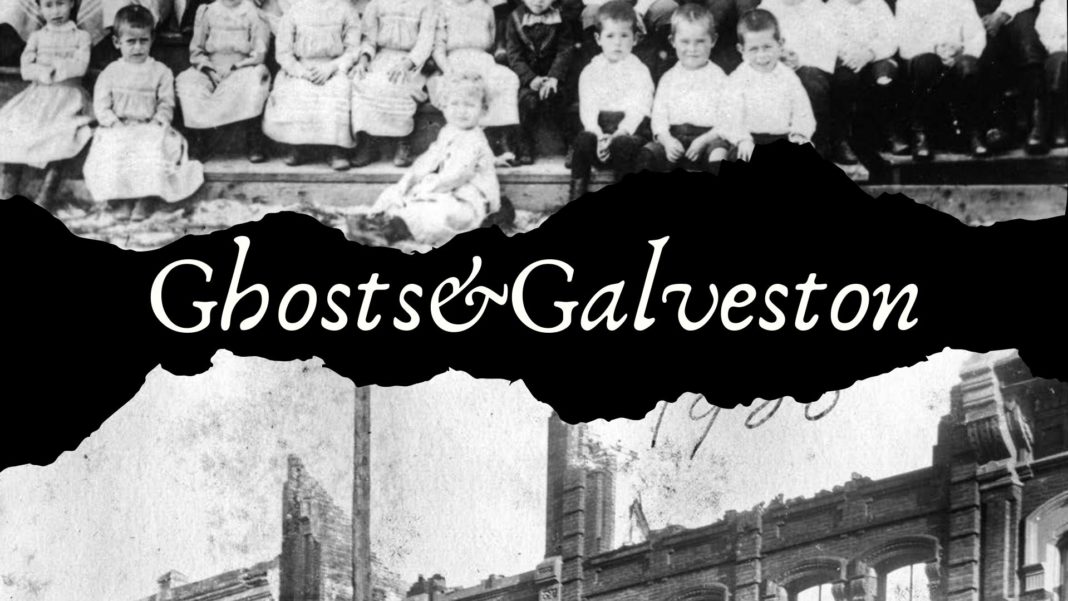
Galveston, Texas: The Evening of September 8, 1900.
Though federal officials warned Galveston of an incoming storm, the patchy morning sky made the swells threatening to breach the seawall seem manageable.A storm couldn’t hurt them if the sun was still shining, if the breeze was still sweet. Galveston had weathered plenty of storms before, so why should this one be any different? Though the breeze was steadily growing a daring bite…
By the time night fell, all who remained on the island were keenly aware of their mistake and misfortune. Hundred hour-per-mile winds blew through buildings and powerful waves thrashed.
Come morning on September 9, 1900, nearly 10,000 Galvestonians had perished from the tempest.
But the morning was still a long way off for those who remained.
“On September 8, 1900, a catastrophic hurricane assaulted Galveston and her nearly 38,000 citizens, with winds greater than 120 miles per hour, and flood waters covering the entire island. The Great Storm took between 6,000 and 8,000, and permanently scarred Galveston — but Galveston lived.“
Article adapted from Ghosts of Galveston by Kathleen Shanahan Maca (The History Press,)
Stranded
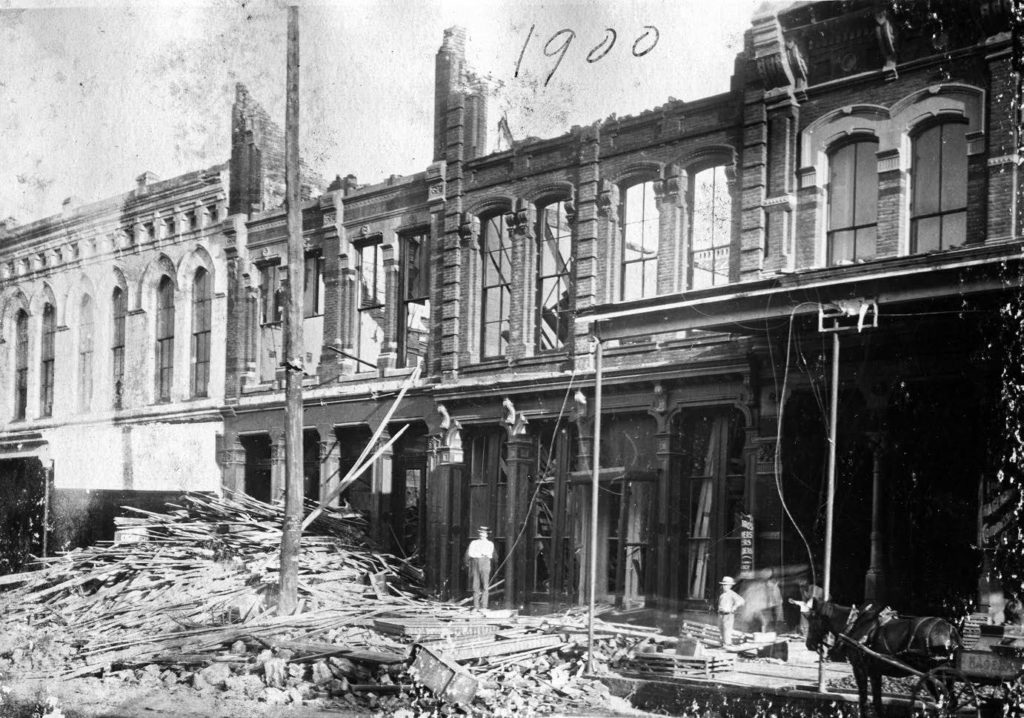
As the storm surge rose along the Strand to seventeen feet, the grand buildings of the promenade reformed as possible lifeboats to a young teacher–Sara–who waded through the quickly rising water, furiously seeking shelter. At the steps of the Hutchings Sealy Building, Sara took a chance and climbed the facade, praying that one of the windows would be open. Her prayers were answered, and Sara balanced on the ledge, grabbing people as they floated in the floodwaters, pulling them inside.
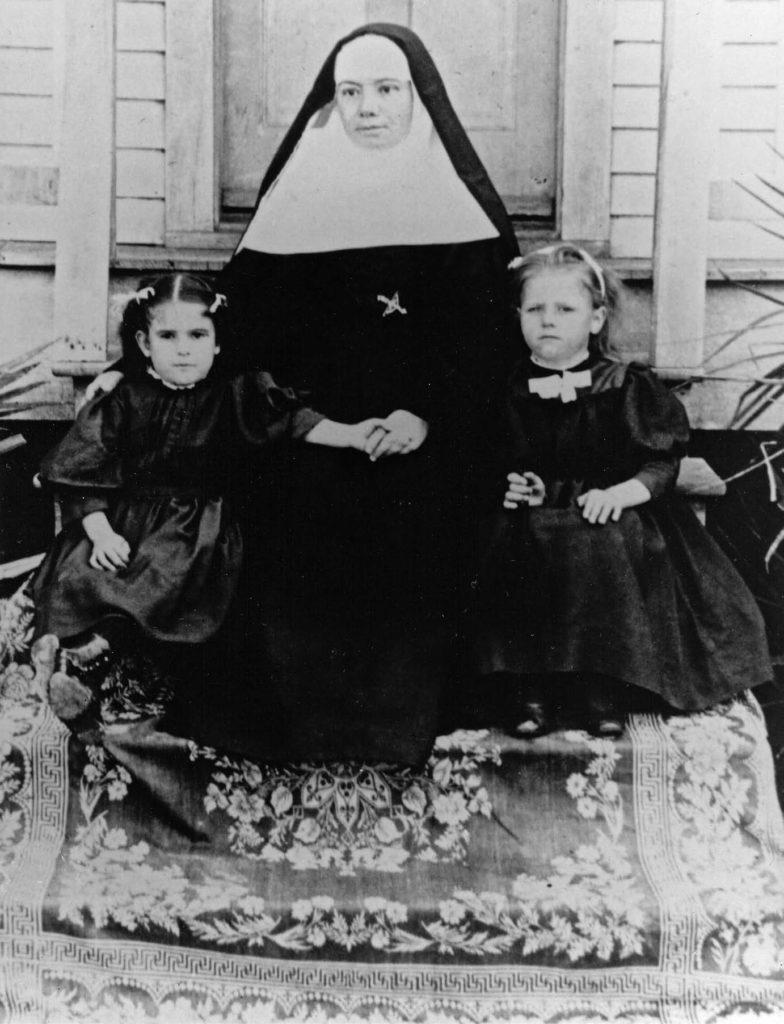
Tragedy at St. Mary’s
Across town, the nuns at St. Mary’s Orphanage led their charges to the safety of the newer girls’ dormitory as the boy’s dormitory succumbed to the hundred-mile-an-hour winds just a few yards away. Singing hymns like the “Queen of the Waves” to distract the children from the tumult outside, the nuns tethered themselves to the children with a small rope around their waists. Sister Katherine held two of the smallest children in her arms, promising not to let go. As they finished tying the knots, the winds dashed the boys’ dormitory to pieces, sending debris battering against the orphans’ shelter. The impact collapsed the girls’ dormitory building and forcefully sucked the sisters and children into the surging water.
Back on the strand, Sara continued to pull victims from the rising floodwaters. Those who were already dead were put on one side of the room, and the living were laid on the other. She stayed in the building for several days caring for the sick and injured until she herself succumbed to the disease epidemic that followed the storm.Today, Sara’s ghost is spotted on the staircase of the building, close to where she and the others huddled for safety above the raging storm waters.
As for St. Mary’s Orphanage –where you will now find a Walmart store — only three boys survived by clinging to a tree throughout the night. In the following days, the bodies of the nuns were found scattered across the shore, half buried in the sand. The heavy, coarse dresses and habits these brave women wore had made it impossible to stay above the water once they were wet.Each nun’s group of children were still tied to them, and Sister Katherine was still devotedly embracing the two little ones she had vowed not to release. The orphanage victims were buried where they were found.
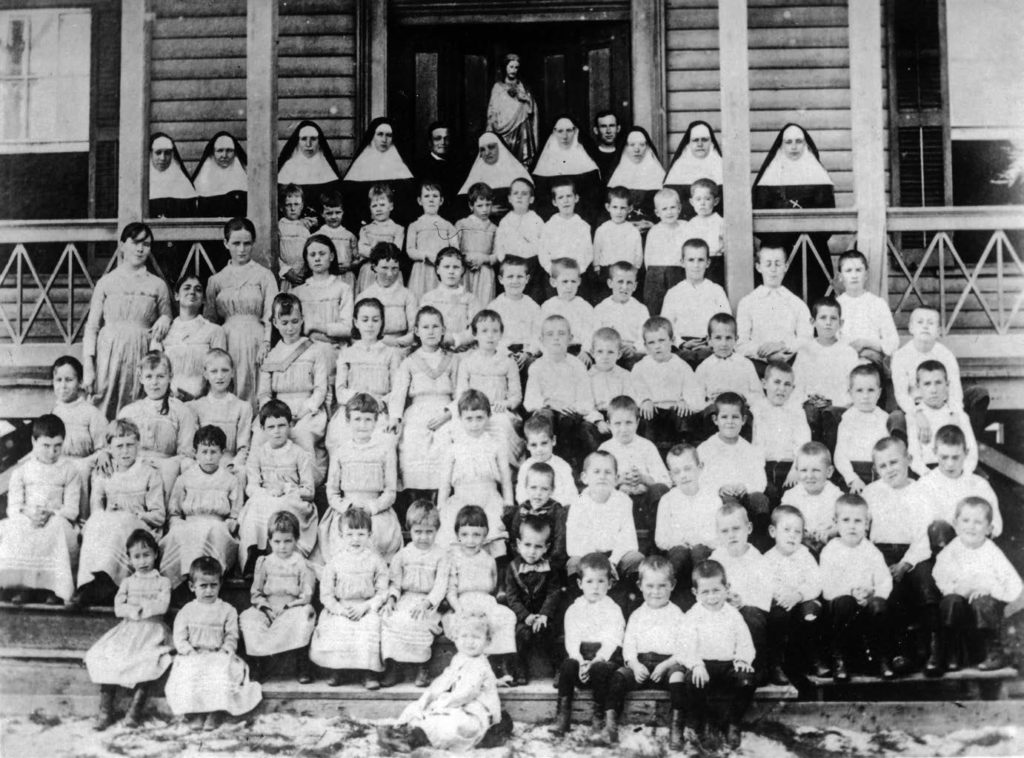
Kids will be kids, even if they are ghosts, and the sound of children running up and down the aisles laughing can be heard when no living child is near. Toys in the store are regularly misplaced, and things fall from neatly stacked shelves.
Galveston lost nearly a third of her inhabitants at the hands of that storm; makeshift morgues and hospitals dominated the landscape as they rebuilt. The unsettled souls of the ghosts of Galveston still haunt the places of their final moments, a continuous reminder of the deadliest storm in our nation’s history.
BUY THE BOOK!


